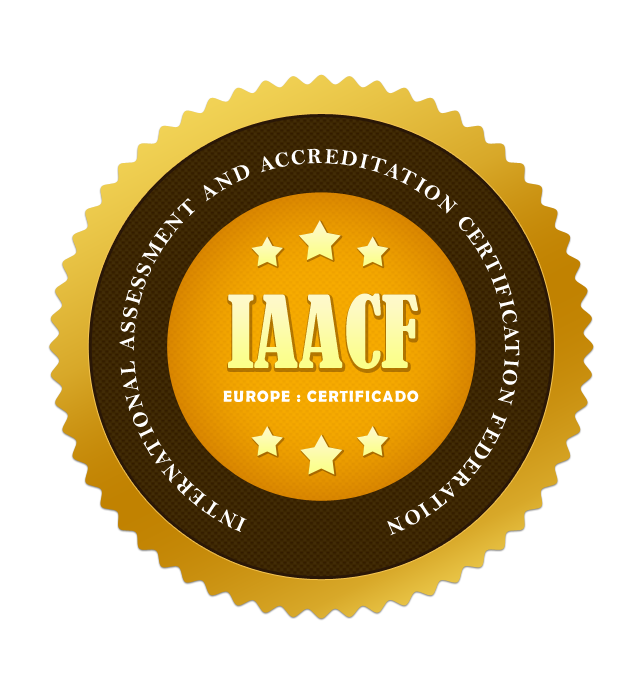The RoHS Mandate means "the limitation of the utilization of certain risky substances in electrical and electronic hardware". This Order boycotts the putting on the EU market of new electrical and electronic gear containing more than concurred levels of lead, cadmium, mercury, hexavalent chromium, polybrominated biphenyl (PBB) and polybrominated diphenyl ether (PBDE) fire retardants.
It is firmly connected with the Waste Electrical and Electronic Gear Order (WEEE) 2002/96/EC which sets assortment, reusing and recuperation focuses for electrical products and is important for an administrative activity to tackle the issue of enormous measures of harmful e-squander.
Makers need to comprehend the prerequisites of the RoHS Mandate to guarantee that their items, and their segments, go along.
Limitation of Unsafe Substances (RoHS)
The Decrease of Unsafe Substances (RoHS) guidelines set cutoff points for the accompanying substances:
- Lead
- Mercury
- Cadmium
- Hexavalent Chromium
- Polybrominated Biphenyls (PBB)
- Polybrominated Diphenyl Ethers (PBDE)
To affirm to the above compliances, these substances should not be purposefully added to the item AND can't surpass the accompanying most extreme passable levels as a follow substance:
0.1% (1,000 ppm) for: Lead*, Mercury, Hexavalent Chromium, PBB and PBDE
0.01% (100 ppm) for: Cadmium
Lead as an alloying component in copper combinations is permitted up to 4.0% (40,000 ppm); in steel up to 0.35% (3,500 ppm) is permitted; in aluminum compounds up to 0.40% (4,000 ppm) is permitted.
Consistence Confirmation Framework
Confined Substance Controls (RSC) characterizes the activities and systems you can take to keep limited substances from incorporation in your items. To guarantee RSC are compelling, the techniques ought to be coordinated into a general Consistence Affirmation Framework (CAS).
EU Requirement specialists and OEM clients are mentioning documentation of maker's RoHS consistence strategies to exhibit that proper frameworks are set up to guarantee on-going consistence.
Consistence techniques ought to be incorporated into your quality administration framework or ecological administration framework on the off chance that one exists.
RoHS Certifiation causes you in building up your 'Consistence Affirmation Framework'
Instances of item parts containing limited substances
RoHS confined substances have been utilized in a wide exhibit of purchaser gadgets items. Instances of leaded parts include:
- paints and shades
- PVC (vinyl) links as a stabilizer (e.g., power ropes, USB links)
- solders
- printed circuit board completes, drives, inside and outer interconnects
- glass in TV and photographic items (e.g., CRT TV screens and camera focal points)
- metal parts
- lamps and bulbs
- batteries
Cadmium is found in a large number of the above parts, models incorporate plastic pigmentation, nickel-cadmium (NiCd) batteries and Compact discs photocells (utilized in night lights). Mercury is utilized in lighting applications and car switches, models incorporate fluorescent lights (utilized in PCs for backdrop illumination) and mercury tilt switches (these are once in a while utilized these days). Hexavalent chromium is utilized for metal completions to forestall consumption. Polybrominated biphenyls and diphenyl Ethers/Oxides are utilized basically as fire retardants.

